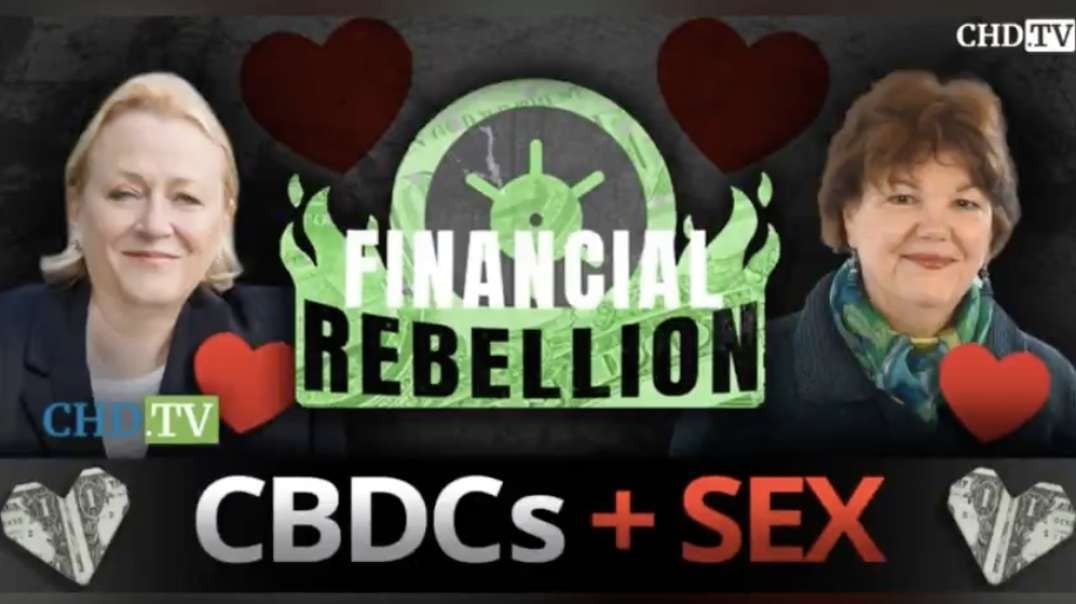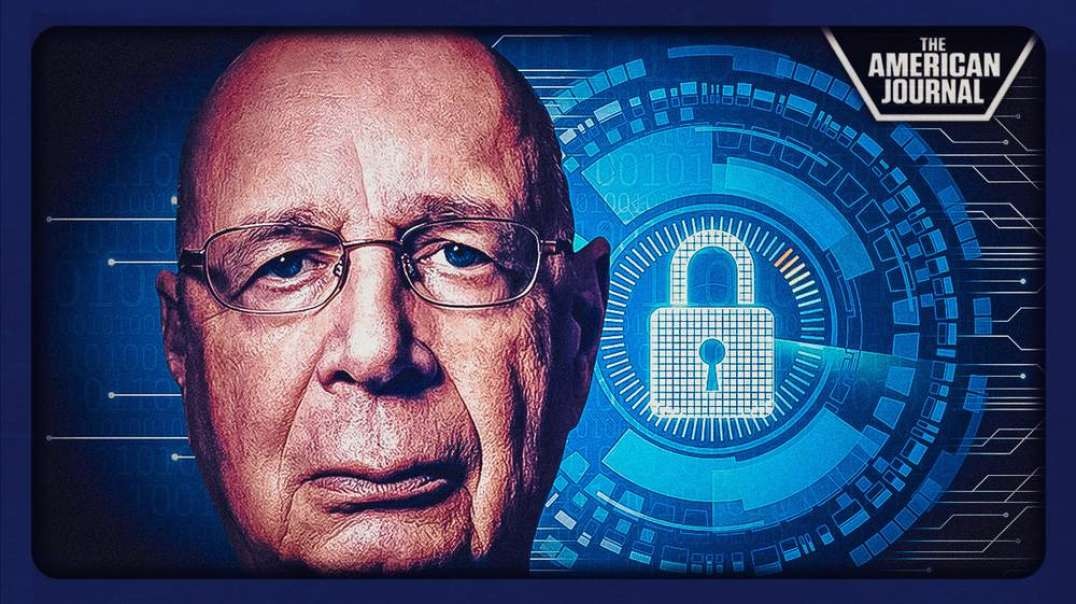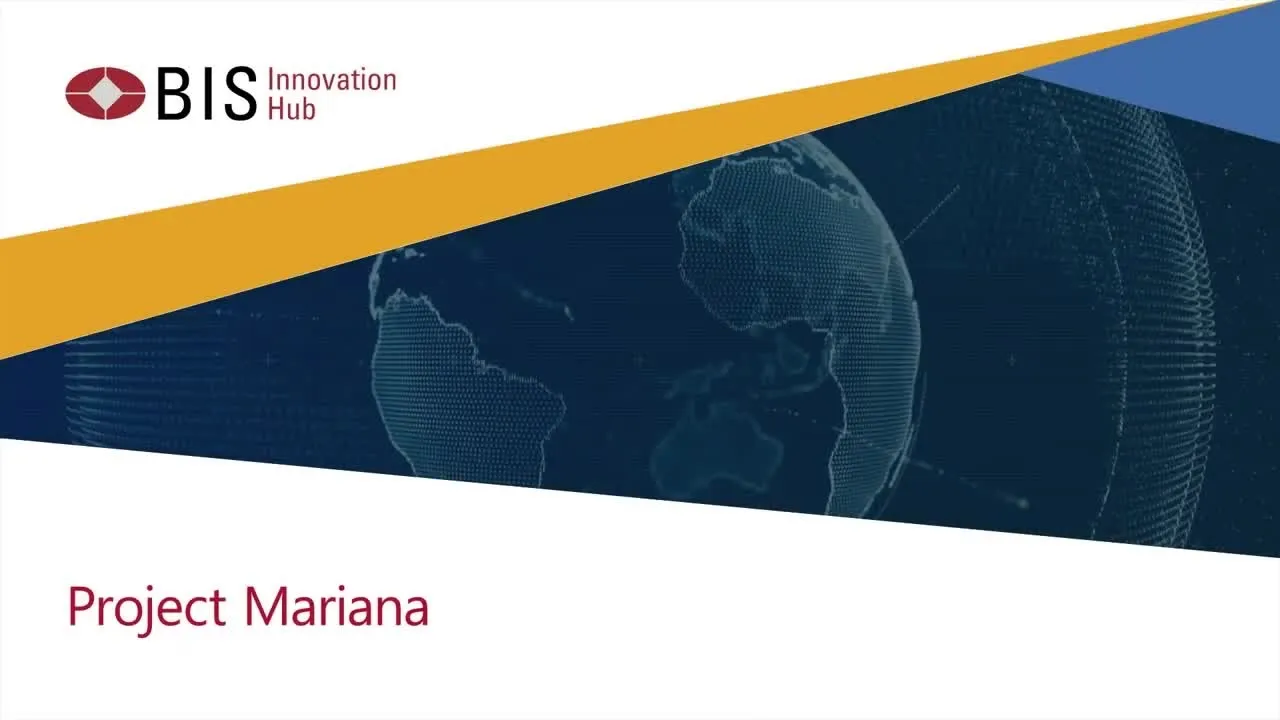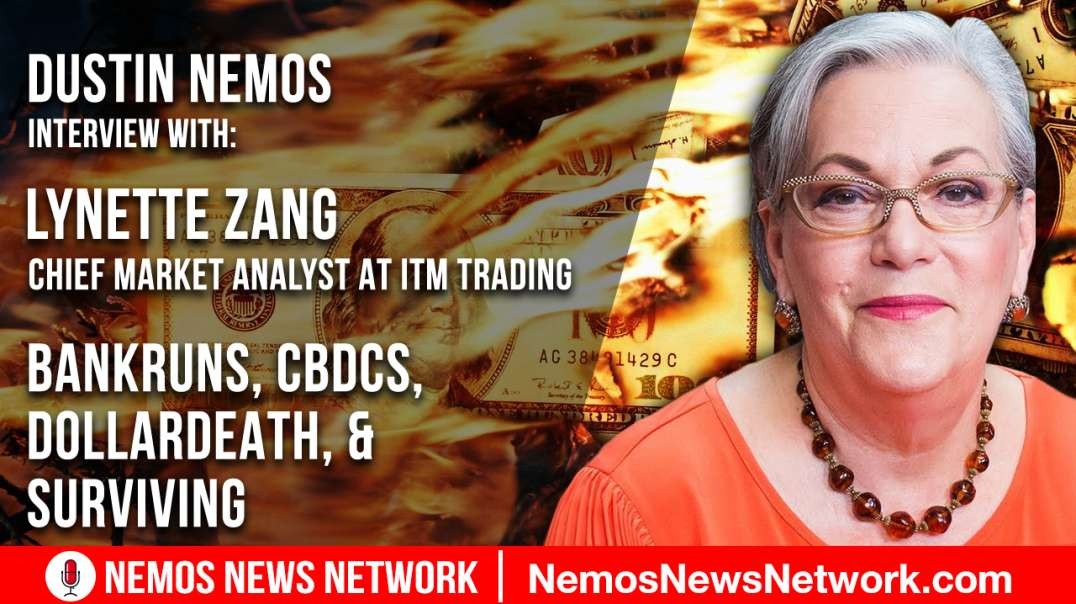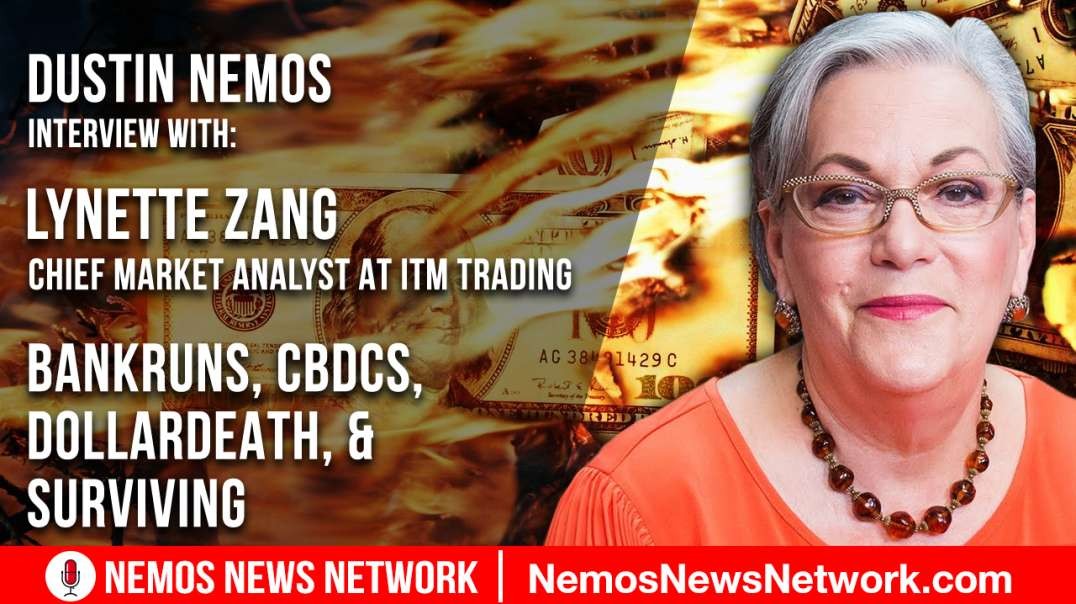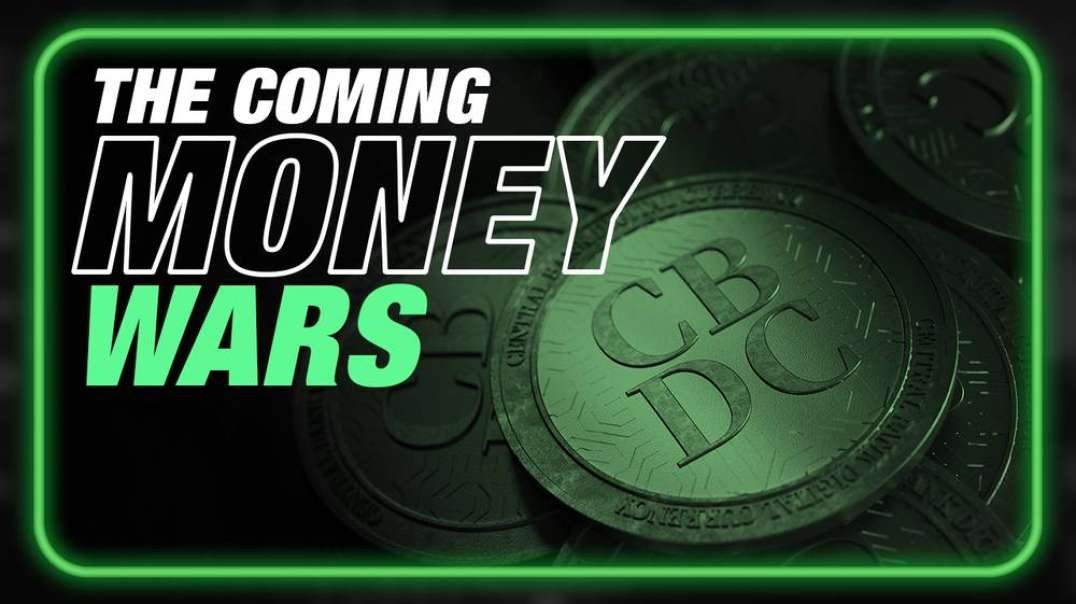What Are CBDCs & The Future Of Stablecoins - Stablecoins Part 4
The question we aim to answer today is how safe and stable are stablecoins? We will be covering Central Bank Digital Currencies or CBDCs and the future of stablecoins in this episode.
We will get into the future of stablecoins, the concerns around them, what Central Bank Digital Currencies or CBDCs are, and how they could impact crypto
In summary, CBDCs are a way for central banks to create and manage stablecoins for sovereign countries. By utilizing blockchain technology they can create a better digital currency than what they currently have that allows them more control and oversight as well as offering more liquidity between fiat and crypto markets.
Let’s break that down because this will be both good and bad for crypto. It’s become more apparent to me that the international banks of settlements allowing for cryptocurrency reserves such as Bitcoin could have really been a way to start introducing CBDCs to the banking industry. I believe this is similar to bullish events like Paypal selling crypto or Robinhood however, just like those centralized entities who wanted to further centralize cryptocurrency, CBDCs will do the same.
The Pros of CBDCs
Currently, we rely mainly on third-party entities to audit and control widely adopted stablecoins like USDC or USDT. While they are just as centralized as banks, they don’t have the same trust or legitimacy, nor any insurance protecting users. So, CBDCs in this aspect would be very good if covered by FDIC insurance and you can rely more on them to keep good accounting. This would also provide a massive amount of liquidity for crypto users given they allow you to freely invest in the open market. If banks transitioned their customers into cryptocurrency this way, everyone would have access to the crypto markets with very little resistance which they currently run into now. Combining our regular financial system with our investing all under one financial ecosystem would simplify everything and make financial services more efficient.
The Cons of CBDCs
There is a clear push by financial authorities like Paypal, the banks, and other payment processors to centralize cryptocurrency without actually having to do so. Paypal did this by only allowing you to buy or sell and not to transfer or spend your crypto meaning they would always be in control of the actual asset. Maybe banks will let us buy crypto with our CBDCs but then they will only let you hold that crypto in a bank-controlled crypto wallet. Even beyond that, giving more power over cryptocurrency to central banks just never mixes well. Imagine a future where your taxes are automatically calculated based on your blockchain activity and withdrawn from your wallet automatically with some smart contracts. The level of control and ability to enact massive changes with monetary policy could be greatly amplified with blockchain.
You might ask well why can’t we do this with our current digital cash systems. Well, as we have seen in the past 2 years, they are very fragile. In Canada, it took a lot of effort for them to track down wallets and blacklist crypto as well as bank accounts. If this were all under one system with CBDCs, it would have been much easier and faster to roll out. Not only that, but our Interac services went down with half of our telecommunications which included many banking systems. This really shows that our current system isn’t that great and while this will be promoted as an upgrade, it’s mainly an upgrade for banks, not for you. We already can see how poorly a job the Federal Reserve has done in managing inflation and the US economy over the past few years, so something like this would only amplify that even more. Lastly, I’ll note that this may be very bad for commercial banks who won’t be able to compete or will be forced to hold the central banks’ stablecoin and thus give them more power over commercial banks.
Before we finish this off, let’s cover some examples shared here: https://www.euronews.com/next/2022/03/09/cbdcs-these-are-the-countries-are-using-launching-or-piloting-their-own-digital-currencies
• The Bahamas – Launched the Sand Dollar
• Nigeria – Launched eNaira
• Eastern Caribbean Currency Union – 7 countries in the Caribbean adopted DCash
There are many others who have pilot projects or have CBDCs in development. You can check out this tracker to see how countries around the world are adopting it and what phase they are in: https://www.atlanticcouncil.org/cbdctracker/ and according to Deloitte, about 90% of countries are considering CBDCs in some way shape, or form.
*Disclaimer: This is not financial advice and is purely for entertainment purposes. What you see, hear, or read is my personal opinion, and any statements made are based on my views and should not be misconstrued as fact. My crypto portfolio may or may not be simulated*
~ Sponsors ~
- This video was sponsored by CakeWallet
#finance #stablecoins #cbdcs #cbdc #banks #centralbanks #stablecoin #crypto












